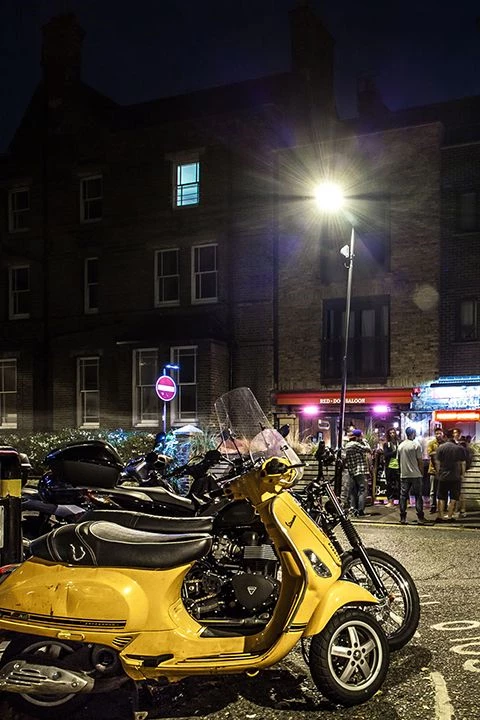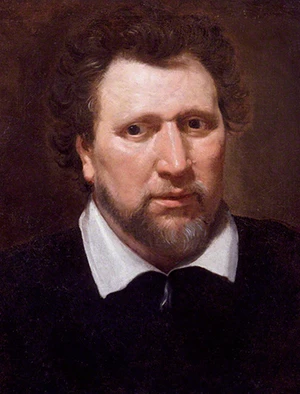Get an instant valuation here or contact one of our offices


Bordered by the Regent’s Canal in the north and Old Street in the south, Hoxton is today considered one of the coolest, most eclectic, areas to live and not surprisingly, properties are much sought after here. It’s certainly a turnaround for what was once deemed one of London’s poorest and most dangerous neighbourhoods, with much of its housing stock decimated by the Blitz during World War II. But with the arrival of a vibrant art scene in the 90s it became a place full of colour, creativity and a restless energy that still exists to this day.
Much of the area’s popularity rests on its proximity to the canal where there’s been a proliferation of developments in recent years, offering loft apartments and new build homes that are extremely desirable to buyers and renters alike and are generally more affordable than neighbouring Shoreditch. There are also well proportioned former council-owned properties and the rare original Georgian townhouse to be found here.
Hoxton’s transport links are second to none, with its Overground station taking you to the West End in a little under half an hour or Stratford International in a little over 20 minutes. City workers can walk to their offices also in that time, while the joys of Shoreditch are just a 10-minute stroll away. The area is serviced by three primary schools, with Hoxton Garden and St Monica’s Roman Catholic both rated good by Ofsted, while St John the Baptist has an outstanding rating. Nearby secondary schools include City of London Academy Shoreditch Park and Haggerston School, both with a good Ofsted rating.
Where do we start... well, probably with the first meal of the day courtesy of The Breakfast Club, an ever-popular diner meets cafe on Rufus Street. The queues for this place often snake down the road, such is the desire to tuck into its extensive menu that includes such all American classics as pancakes and bacon as well as The Full Monty, aka a full English, and much more besides. Lunch and dinner are also served here, but being purists, we’ll stick with the breakfast, thanks!
Just a short stroll from Rufus Street is Hoxton Square, a rectangular patch of greenery bordered by around a dozen fantastic places to eat and drink. The Red Lion on the corner is a relaxed, vibrant bar spread over four floors, and where on the roof you’ll find a great terrace. On the other side of the square and opposite in style is the high-end basement bar Happiness Forgets, which has a wonderful speakeasy feel and the most delicious cocktails to boot.
For those looking for a more cultural experience, then head to the Museum of the Home (formerly The Geffrye Museum) on Kingsland Road, where you’ll be lead through a series of period rooms depicting how our homes have been used and furnished over the past 400 years. Wander a couple of hundred yards down the road and you’ll encounter the start of Pho Mile, which refers to the area’s many Vietnamese restaurants and where you’ll find the most delicious treats this side of Ho Chi Minh City!
508 Roman Road
Bow
London
E3 5LU
020 8102 1236
london@butlerandstag.com
"Hogesdon" was initially recorded in the Domesday Book, with a meaning of an Anglo-Saxon farm or "fortified enclosure" belonging to Hocq/ Hock. There is very little recorded of the origins of the settlement, although there was Roman activity around Ermine Street, which was located to the east of the area from the 1st century. During medieval times, Hoxton formed a rural part of Shoreditch parish. In 1926 Hoxton achieved independent ecclesiastical status by the founding of its own parish church dedicated to St John the Baptist, located on Pitfield Street and familiarly known as St Johns Hoxton. Civil jurisdiction was still invested in the Shoreditch vestry.
The London Lord Mayor called for the wall of the City to be broken towards Moorfields, and replaced the postern called Moorgate, for the ease of the citizens to walk that way upon causeways towards Islington and Hoxton at that time, still marshy areas. During this time local residents reacted by harassing walkers to protect their fields. Almost a century later, the hedges and ditches were destroyed, to allow City dwellers to partake in leisure at Hoxton.
In Tudor Times, Hoxton resident Sir Thomas Tresham was imprisoned by Queen Elizabeth I for harbouring Catholic priests. During the same period, fields to the north and west were used for archery practice. On 22 September 1598 Ben Johnson the playright fought and killed actor Gabriel Spencer in a fatal duel in Hoxton Fields. Johnson escaped a hanging by proving his literacy and therefore claiming benefit of clergy. Hoxton also hosted public gardens called 'Pimilico Trea Gardens' which were a popular reprieve for those looking to escape overcrowded streets. It is thought that they gained the name Pimlico from local publican, Ben Pimlico, after his famous brew. The gardens were located close to Hoxton Street which at the time were known as Pimlico Path. The Pimlico that we know today claims its name from its former use in Hoxton.
Hoxton achieved notoriety on October 26th 1605 by strong links to the 'Gunpowder Plot'. Most conspirators fled the area after discovering findings of the 'Gun Powder Plot', a local resident, Francis Tresham was arrested at his house in Hoxton a few days later. A commemorative plaque is attached to a modern development of flats on the site of Parker's House in Hoxton Street.
By the 17th Century many of the larger properties in Hoxton were used as madhouses with almhouses being built on land between by guilds and City benefactors. Aske's Almhouses were built on Pitfield Street in 1689 from Robert Aske's endowment. Hoxton House, was owned by the Miles Family and became a private asylum in 1695 and expanded rapidly into surrounding streets where it quickly became known as the Hoxton madhouse. Here fee paying 'gentle and middle' class people exercised in the expansive grounds between Kingsland Road and Pitfield Street. In 1921 Hoxton Square and Charles Square were laid out, forming a fashionable area. In Hoxton Street, a plaque marks the former location of the Britannia Theatre, a 3,000 seater venue that evolved from the Plimlico tea gardens. Together with the Pollock's Toy Museum, it was unfortunately destroyed by a bomb during the Second World War.
Hoxton lost its social standing during the Victorian era, railways made travelling to distant suburbs much easier, this combined with industrialisation drove away the wealthier classes, leaving the area with a concentration of poor families living in slum like conditions.
Rescued from obscurity by young artists attracted to the area by cheap rents for industrial lofts and warehouses which they used as live/work spaces, the area was frequented by revellers visiting for the raves and exhibitions which occupied former office buildings. By the end of the 20th century, the southern half of Hoxton attracted media-types and dot-commers, then becoming home to a vibrant mix of art galleries, restaurants, bars and nightclubs that we know today.

“ The service provided by the entire team at Butler and Stag is fantastic. From purchasing a plot, to the sale of the properties was run fantastically. Very professional outfit and a pleasure to work with. We certainly will be using Butler and Stag again in the near future. ”
Read more reviews
★★★★★ 4.9 Bow (London Office)
★★★★★ 5.0 Theydon Bois (West Essex Office)